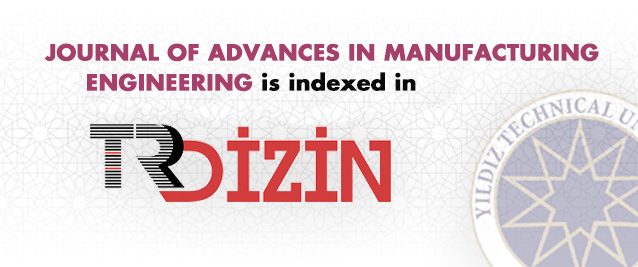2PROFEN Communication Technologies Inc., Istanbul, Turkey
3Department of Electrical and Electronics Engineering, Yeditepe University, Istanbul, Turkey
4Department of Mechanical Engineering, Yildiz Technical University, Besiktas Campus, 34349, Istanbul, Turkey
Abstract
The radio frequency (RF) performance of military missiles depends largely on the dimensional tolerances of the ceramic radome (Si3N4, Mullit, Al203) in the missile. Small deviations and differences in precise tolerances on both the inner and outer surface of the radome affect the insertion loss of the radome wall, which has a negative impact on the RF performance of the missile. When these effects are taken into consideration, it is seen that surface sensitivity and surface integrity are important parameters in the machining process of ceramics. Ceramics are difficult to process with conventional processes because they are hard and brittle, as well as high costs. The current method for machining ceramic radome surfaces is the type of machining made with conventional CNC machines using a special cutting tool and cooling system. In this study, laser assisted machining (LAM) technique was proposed to overcome the disadvantages and reduce the surface roughness. While the approximate loss of insertion value for ceramic radomes produced by conventional methods is around 2.5 dB, it was predicted that this value can be obtained around 1.5 dB by laser assisted processing which is one of the hybrid manufacturing methods. Computer aided simulations were performed based on the surface roughness values obtained from the surface roughness measurements made after both machining methods. From the results of these simulations, it is seen that laser reinforced processing method has a significant contribution to the signal transmission efficiency of ceramic radomes.














